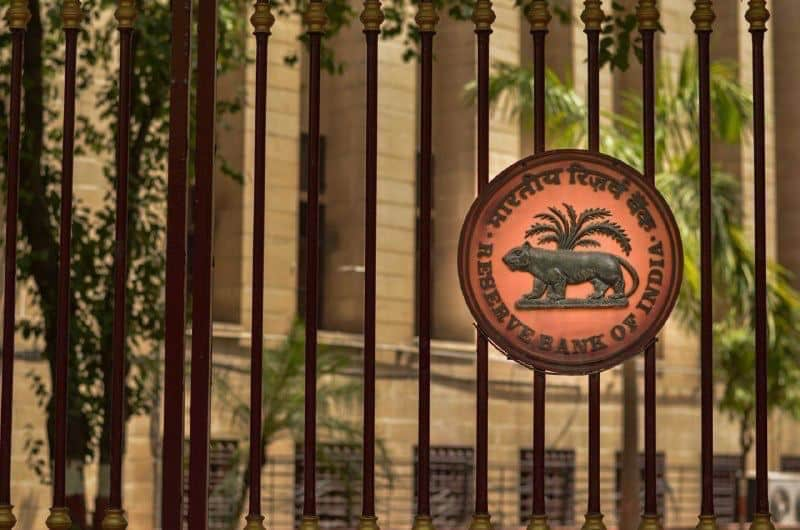As the cryptocurrency sector keeps growing despite occasional setbacks, not everyone is on board with the budding asset class, and some are even warning of a major financial crisis if digital assets are allowed to prosper.
One of these naysayers is Shaktikanta Das, the governor of the Reserve Bank of India, who has expressed concern over the speedy growth of crypto assets, warning it could lead to the next financial crisis, Times of India reported on December 21.
Speaking at the Business Standard BFSI Summit, he stated that:
“It is 100% speculative activity, and I would still hold the view that it should be prohibited because if it is allowed to grow, please mark my words, the next financial crisis will come from private cryptocurrencies.”
Questioning intentions of crypto
Furthermore, Das added that the lack of crypto regulation by central banks carried a large inherent risk for the macroeconomic and financial stability of countries, considering the original intention of digital assets, in his opinion, was to “bypass the system or to break the system.”
On top of that, India’s central bank chief voiced his view that the crypto’s creators “don’t believe in the central bank currency, regulated financial world, and all they want is to bypass and beat the system,” bringing up the collapse of the crypto trading platform FTX as an example of this threat.
Finally, Das concluded:
“I am yet to hear any credible argument about what public good purpose they serve. It’s a 100% speculative activity.”
Alternative form of CBDC
Having said that, the governor’s anti-crypto attitude is nothing new. Back in July, India’s Finance Minister Nirmala Sitharaman asserted that crypto should be banned and that the country’s central bank was pushing for their ban while she called for global collaboration.
As an alternative, India’s central bank offers an e-rupee, a central bank digital currency (CBDC) that is currently in the pilot stage, and for which the central bank governor said functions as money itself, with Unified Payments Interface (UPI) as a payment platform.
According to Das, the CBDC will also have an ‘auto sweep-in’ and ‘auto sweep-out’ functions, allowing users to move money in and out of their CBDC wallets, BQ Prime reported.
Public criticism in India
Meanwhile, crypto companies operating in India have slammed the RBI’s effort to replace digital assets with a CBDC as ‘comparing apples to oranges,’ as well as noting that the released concept note points to the central bank’s limited, conservative, and outdated perspective on crypto.
In November, Finbold reported on Anto Paroian, the CEO and Executive Director at the crypto hedge fund ARK36, criticizing the government of India for seeing crypto “more as a threat than an opportunity,” when it could give the unbanked portion of the population better access to financial services.
Disclaimer: The content on this site should not be considered investment advice. Investing is speculative. When investing, your capital is at risk.







